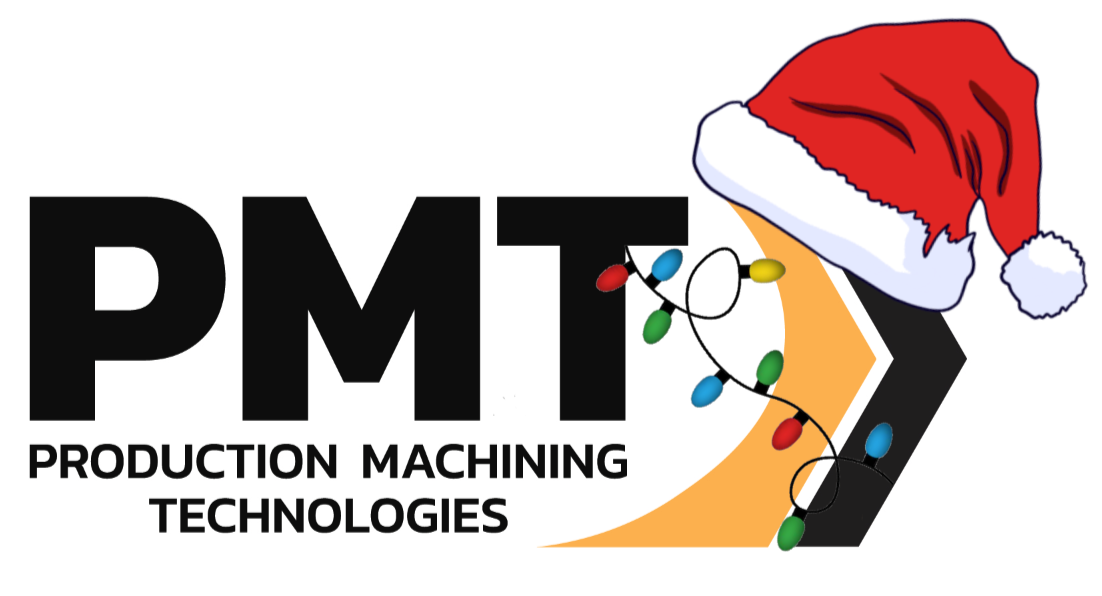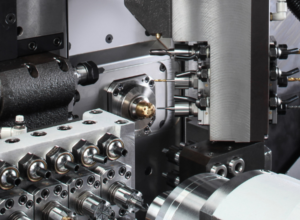Swiss turning technology is at the forefront of precision manufacturing, essential for producing complex components with stringent tolerance requirements. This technology is particularly indispensable in industries like medical, aerospace, and high-precision engineering, where the slightest deviation in part dimensions could lead to significant issues. In this blog, we'll explore a comprehensive suite of strategies designed to maximize both efficiency and precision in Swiss turning operations, emphasizing the latest advancements in technology and tooling.
Understanding the Technology
Swiss turn machines are celebrated for their robust precision and ability to hold incredibly tight tolerances. A key feature of these machines is the sliding headstock mechanism, which allows the workpiece to advance in sync with the cutting tool. This minimizes deflections and vibrations during the cutting process, thus significantly enhancing the precision of the output. This capability is crucial for manufacturing critical components such as medical implants, aerospace fasteners, and intricate automotive sensors. If you're looking to learn more about Swiss turn machines, check out this blog.
Best Practices for Optimizing Operations
Getting the machine is the first step. The next step is to optimize your processes to make sure you get the most out of that machine.
- Comprehensive Machine Maintenance: Regular and thorough maintenance is crucial for ensuring the longevity and consistent performance of Swiss turn machines. Routine checks should focus on alignment, lubrication, and identifying wear and tear on critical components. Maintaining machines in peak condition helps prevent unplanned downtime, which is essential for meeting tight production schedules and maintaining high standards of quality.
- Optimize Your Setup: Streamlining setup processes is vital for enhancing operational efficiency. Utilizing preset tooling and modular workholding systems can drastically reduce machine idle times. Furthermore, designing manufacturing processes that allow for multiple operations within a single setup can decrease handling time, improve dimensional control, and reduce the likelihood of errors, thereby increasing overall throughput. To learn more about how you can optimize your setup, please reach out to us!
- Real-Time Monitoring and Adjustments:
The integration of real-time monitoring systems into Swiss turning operations provides instant feedback on machine performance and part quality. This allows operators to make immediate adjustments that optimize production and ensure output consistency. Real-time data is also crucial for implementing predictive maintenance strategies, which help reduce unexpected downtime and maintain production schedules. - Enhanced Training for Workforce:
Given the complexity and sophistication of modern Swiss turn machines, operator skill is paramount. Providing comprehensive training and up-to-date certifications for operators is essential. Skilled operators are better able to manage the intricacies of these machines, troubleshoot potential issues, and implement best practices that enhance machine operation and maintenance. - Implementing Lean Manufacturing Principles:
Adopting lean manufacturing principles can significantly improve operational efficiency. By optimizing workflow, reducing in-process inventory, and eliminating non-value-added activities, manufacturers can enhance production efficiency and reduce costs. This approach helps create a more agile and responsive manufacturing environment, enabling companies to quickly adapt to market changes and customer demands.
Implementing these advanced practices will significantly enhance the performance of Swiss turning operations, leading to higher quality products and providing a competitive edge in the marketplace. As technology evolves, staying updated with the latest techniques and innovations is crucial for maintaining leadership in precision manufacturing.
Integrating Advanced CAM Software: Hexagon Esprit
The integration of sophisticated CAM software, such as Hexagon Esprit, is crucial for unleashing the full capabilities of Swiss turn machines. A CAM system is by far the best way to optimize your swiss machining operations. Hexagon Esprit enhances Swiss turning operations through:
- Precision Programming: Hexagon Esprit facilitates the precise programming of complex geometries and operational sequences essential for intricate designs, such as those found in aerospace components or medical devices. The software's ability to adjust tool paths dynamically ensures that each cut is executed with precision, which is critical for maintaining the functionality of highly detailed parts.
- Efficient Production Management: By seamlessly integrating with CAD systems, Hexagon Esprit translates complex design blueprints into executable machining processes, ensuring that geometric specifications are perfectly replicated during the machining process. This reduces errors and enhances the quality of the final product.
- Example of Practical Application: Consider the production of a high-precision aerospace component like a satellite's gyroscopic mounts. Hexagon Esprit can program the Swiss turn machine to perform complex milling and drilling operations that require high geometric fidelity. The software's precise control over the machine's multiple axes allows for the efficient creation of these components with minimal material wastage and optimal surface finish.
For more detailed insights on how PM Technologies can further optimize your Swiss turning processes with cutting-edge solutions, please contact us. Our dedicated team is committed to helping you achieve exceptional levels of efficiency and precision in your manufacturing operations.

